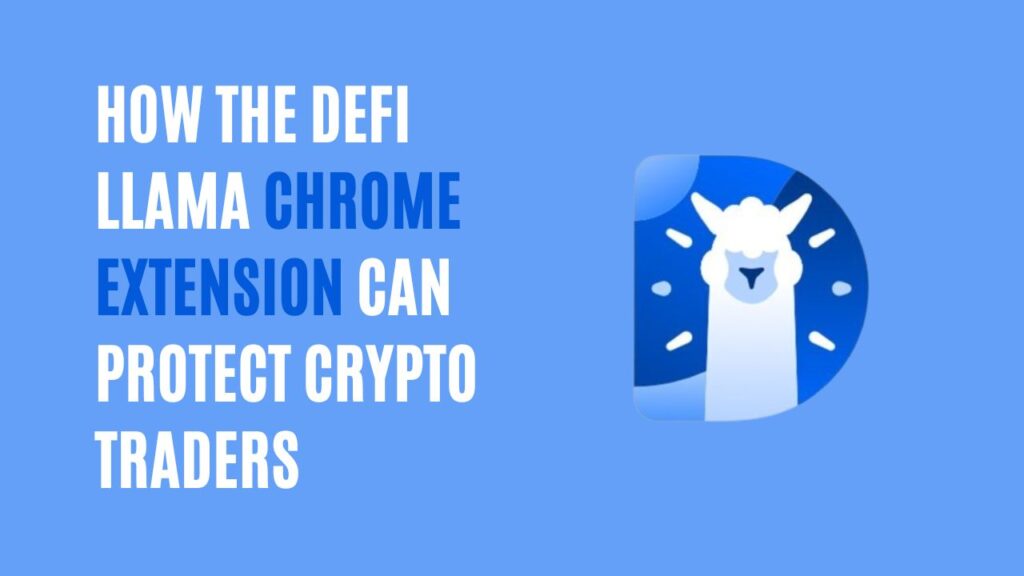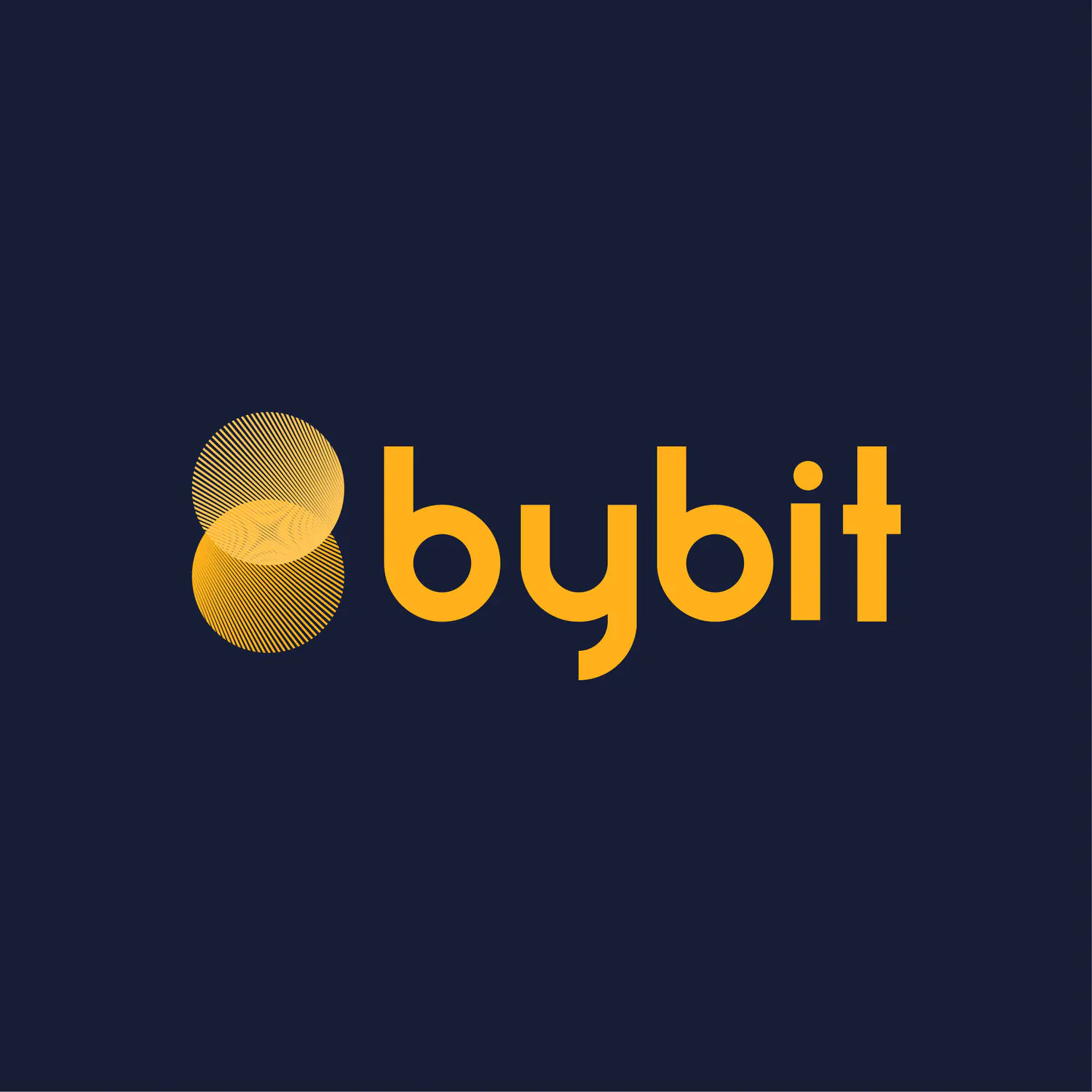A remarkable new development in blockchain technology is called NFT loans. These digital artefacts have caught people’s attention even though they are often difficult to understand. However, this article will explore the workings of NFT loans.
Moreover, this post aims to provide insight into finance without overwhelming you with complex information. We will break down NFT loans into their form so you can grasp how they function in the evolving world of cryptocurrency financing.
What is NFT?
NFT, a blockchain-hosted cryptographic token or Non-Fungible Token, symbolises a digital asset. NFTs are distinct and “non-fungible,” in contrast to cryptocurrencies like Bitcoin and Ethereum, which are fungible and similar. Every NFT has unique characteristics and values.
Unique products like artwork, video game characters and skins, trade cards, virtual real estate, and other digital goods are typically represented by NFTs. As a result, non-fungible goods cannot be exchanged using a uniform system, as their worth is determined by their individuality and the subjective value that consumers assign to them.
Due to the recent developments in blockchain security, NFTs are becoming increasingly popular for creators to monetise their digital works, collectors to acquire exclusive digital assets, and businesses to forge stronger bonds with their clientele.
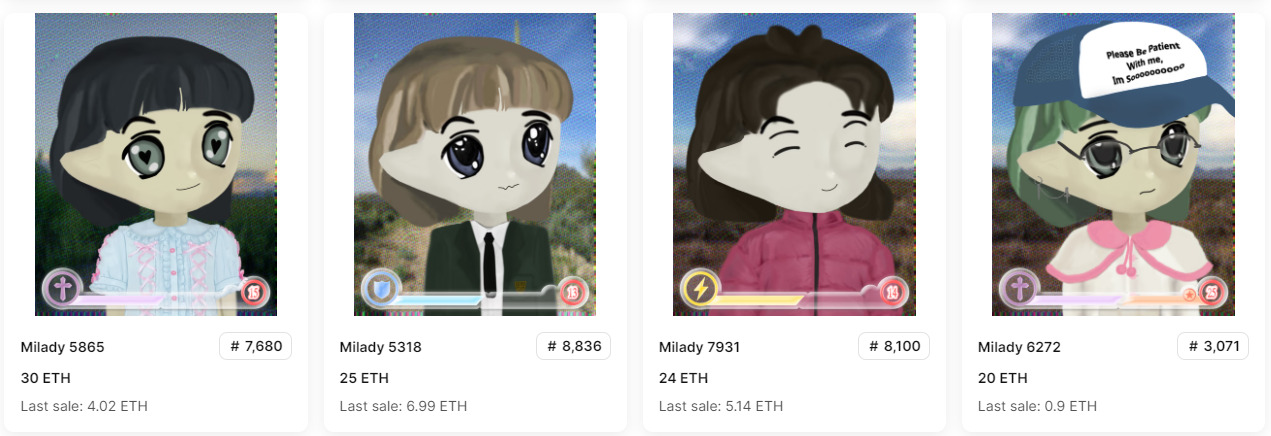
What are NFT Loans?
Non-fungible token loans, or NFT Loans, are an exciting new development in blockchain and cryptocurrency finance. The distinctive qualities of non-fungible tokens, which set them apart from other financial instruments, are utilized by these to establish their uniqueness. These tokens signify ownership of unique digital assets such as digital art, collectables, or virtual real estate.
NFT loans operate on a very straightforward principle. Let’s imagine you hold a rare work of digital art or another valuable NFT, but you need cash flow or liquidity without selling it. This is the situation with NFT loans. Your NFT can be used as security to get a loan. This indicates that you give a lender temporary ownership of your NFT in exchange for a loan. Then, once you repay the loan with interest, you regain full ownership of your NFT.
The intriguing thing about NFT loans is that they let holders of NFTs access the wealth locked up in their digital assets while retaining the long-term potential of their NFT. It’s a means to improve your financial status without giving up valuable items.
This innovative financial mechanism has been making waves in the cryptocurrency community by providing a means to use NFTs as collateral for liquidity in the quickly changing blockchain environment rather than merely as eye-popping assets.
The Top Benefits of NFT Loans
Dwelling on the world of NFT loans shows many advantages that shine like virtual stars in the crypto universe. Indeed, after them, you will want to take advantage of them.
First, liquidity turns into a welcome companion that enables holders of NFTs to discover the alluring worth hidden inside their highly valued digital artefacts without engaging in the shameful selling process. This creates exciting financial flexibility as NFTs become dynamic rather than static instruments.
Furthermore, the supporting genius of NFT loans is their capacity to avoid standard credit checks, making borrowing more accessible for people who would not be eligible for traditional lending channels. This democratization of financial resource access is causing a stir within the cryptocurrency ecosystem.
NFT loans also provide a singular opportunity to partake in the cryptocurrency market’s volatility without fully exposing oneself. Using an NFT as collateral, borrowers set out on an enthralling journey wherein their digital assets can be eye-poppingly leveraged for potential gains while maintaining the fortress-like security of ownership.
NFT loans, in short, pave a path where financial innovation meets the unique qualities of non-fungible tokens, thereby establishing a space where the benefits of the space are truly remarkable.
What are the Risks of NFT Loans?
It’s critical to remember that NFT loans include some risk. Determining the exact worth of NFTs may be challenging, and their value might fluctuate greatly. Because NFTs are less liquid than conventional cryptocurrencies, lenders may find it challenging to sell the NFT in the event of a borrower default.
The list below is some of the top 5 risks that are associated with NFT loans;
1. Price Instability
Since NFTs’ value can fluctuate greatly, it might be challenging to determine their exact worth when using them as collateral for a loan. This can result in circumstances when the value of an NFT falls short of the loan amount, necessitating liquidation.
2. Absence of Liquidity
NFTs sometimes have lower liquidity than other digital assets. The lender may encounter difficulties selling the NFT to recoup their losses in the event of a borrower default.
3. Risk of Smart Contracts
Like other DeFi networks, NFT loans are usually controlled by smart contracts. Hackers may be able to take advantage of these contracts’ flaws or vulnerabilities to steal money or NFTs.
4. Regulatory Danger
NFT loans are subject to regulatory ambiguity, much like other DeFi sectors. Regulations in the future may change the profitability of NFT loans or create new criteria for compliance.
Getting Started with NFT Loans: What are the Key Metrics and Terminologies to Understand?
It takes a thorough comprehension of the essential vital metrics that determine the loan’s feasibility to use your NFT as collateral to get a loan. These terminologies and logics are meant to consider the additional complexity of utilizing NFTs as collateral, even if they are comparable to those used for crypto loans.
1. Rate of interest
Knowing the interest rate you pay when you take out a loan with NFTs as collateral is essential. Recognize the total amount of interest you will pay on the loan. Recognize the distinction between APY and APR as well.
2. Ratio of Loans to Values (LTV)
The loan amount’s ratio to the collateral’s value is known as the loan-to-value or LTV. The LTV ratio would be 50%.
For instance, if you borrowed 50 DAI with collateral, that was an NFT worth 100 DAI. For lenders, this ratio is a critical risk indicator since it helps determine the likelihood that the loan would be undercollateralized if the value of the collateral (the NFT) declines.
Although a platform’s maximum allowable LTV ratio varies, it often falls between 50% and 75%. The maximum LTV ratio is often lower for more volatile assets to accommodate price swings. Because of their greater price volatility and longer maturities than crypto loans, NFT loans often have lower LTV ratios.
3. Liquidation Rate/ Ratio
This is the LTV ratio at which the collateral can be liquidated to repay the loan. If a borrower’s LTV ratio reaches the liquidation ratio, the platform may sell off the collateral to ensure the loan is repaid. In the case of NFT loans, the lender may assert ownership of the NFT. For example, suppose a platform has a 75% liquidation ratio, and a user’s LTV reaches this level due to a decline in collateral value. In that case, the borrower may liquidate their collateral. Usually, a penalty fee is also imposed in these situations, incentivizing the borrower to avoid liquidation.
4. NFT Floor Price/Capital
A collector’s primary tool for gauging the attractiveness of a project is the floor price of an NFT, which is the item with the lowest price indicated in a collection. It gives purchasers a sense of the lowest amount of money needed to acquire an NFT from a specific project.
Even when the NFT used as collateral has considerably rarer features than the cheapest NFT in the collection, floor pricing might still affect the conditions of a loan. The floor price of a collection may significantly impact LTV ratios and loan constraints.
For example, a borrower may anticipate a more significant loan amount if they utilize an NFT with uncommon and distinctive qualities as collateral. In contrast, more typical NFTs might get a small amount.
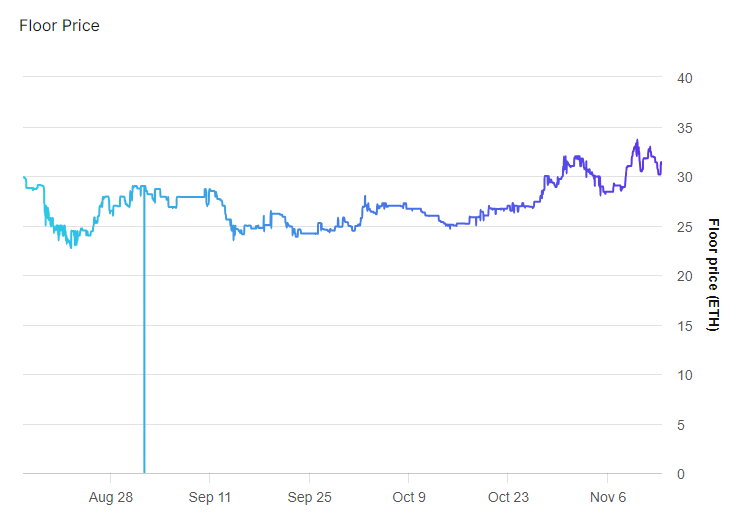
5. Liquidity Provision
A liquidity provision can be defined as the amount of money available for borrowing and lending, usually at a particular period.
Liquidity providers (LPs) supply the loan money in NFT lending and borrowing. LPs can earn interest on their investments by giving their assets to borrowing platforms providing loans. This makes it easier for borrowers to get the money they need and creates a market for loans guaranteed by NFT.
6. Collateralization
Collateralization is the process of offering an asset as loan security. The NFT is used as collateral in this instance. The lender retains the NFT that the borrower pledges as security until the debt is paid back. The lender may sell the NFT to recover its losses if the borrower refuses to pay back the loan as of when due.
How Do NFT Loans Work?
Below is a step-by-step explanation of how NFT loans work.
1. Loan Application
As explained earlier, on a lending platform that facilitates NFT loans, an NFT owner seeks a loan using their NFT as collateral.
2. NFT Quantification
The platform will determine your NFT’s value. Because each NFT is unique and its worth is frequently subjective, it must be challenging for less established NFTs to accomplish this. However, it is simpler to do this if the NFT has a steady secondary market pricing history.
3. Loan Disbursement
The lender gives the NFT owner a loan, usually in the form of stablecoins, once the value of the NFT is agreed upon. After that, the NFT is secured by a smart contract until the loan is paid back. The intelligent contract often specifies the specifics of the loan, such as the intended amount, length of time, and interest rate.
4. Loan Repayment
The NFT will be unlocked and returned to the borrower upon loan repayment. However, the intelligent contract automatically transfers the NFT to the lender if the borrower defaults. We call this procedure “liquidation.”
By looking through the platform’s product pages or researching different DeFi DApps, users may locate platforms that provide NFT loans. If you’re considering acquiring an NFT loan, conducting extensive research is essential to identify a platform with the finest lending conditions, a reliable reputation, and a proven track record.
How to Get an NFT Loan
To get an NFT loan, first and foremost, you need to select an NFT lending platform, a digital arena where the fusion of technology and finance propels the borrowing process into a surreal domain. Once you’ve chosen your digital fortress, meticulously scrutinize their terms, the ever-shifting landscape of interest rates, and the perplexing loan-to-value ratios.
Next, the application process unfolds, demanding meticulous attention to detail. Prepare to showcase not only the nifty allure of your chosen NFT collateral but also your own financial profile, an intricate dance where your creditworthiness may play a subtle role.
Upon approval, the loan terms, akin to an enigmatic contract, materialize. This is the moment where clarity becomes elusive, and you must decipher the loan duration, interest rates, and any other bewildering conditions imposed by the lending entity.
As the transaction unfolds, the lender takes temporary ownership of your cherished NFT, transforming it into a digital pawn in this crypto chess game. Navigating this process requires a delicate balance, as the fortress of your ownership is momentarily handed over in exchange for the liquidity that dances tantalizingly within the crypto realms.
Top Platforms Offering NFT Loans
NFT platforms are platforms that offer NFT loans, and a few of them have been listed below;
1. Aavegotchi
Aavegotchi, users may lend and borrow money using NFTs as security on the decentralized finance (DeFi) network. The Aave protocol, a well-known DeFi system that accepts a variety of tokens and coins, is what Aavegotchi employs.
The “Gotchi collateral” mechanism, which enables users to mint their distinctive NFTs for loan collateral, makes Aavegotchi unique. Thanks to this, users now have a new option to obtain money while keeping ownership of their NFTs.
2. NFTfi
NFTfi is a platform that lets users use intelligent contracts to lend and borrow using NFTs.
NFTfi, such as Axies, Bored Apes, and CryptoPunks, support numerous NFTs. Site users can design unique loan conditions, such as interest rates, payback schedules, and collateral requirements.
The capacity to fractionalize NFTs, which enables users to borrow and lend smaller pieces of NFTs and expands chances for liquidity access, is a distinctive feature of NFTfi.
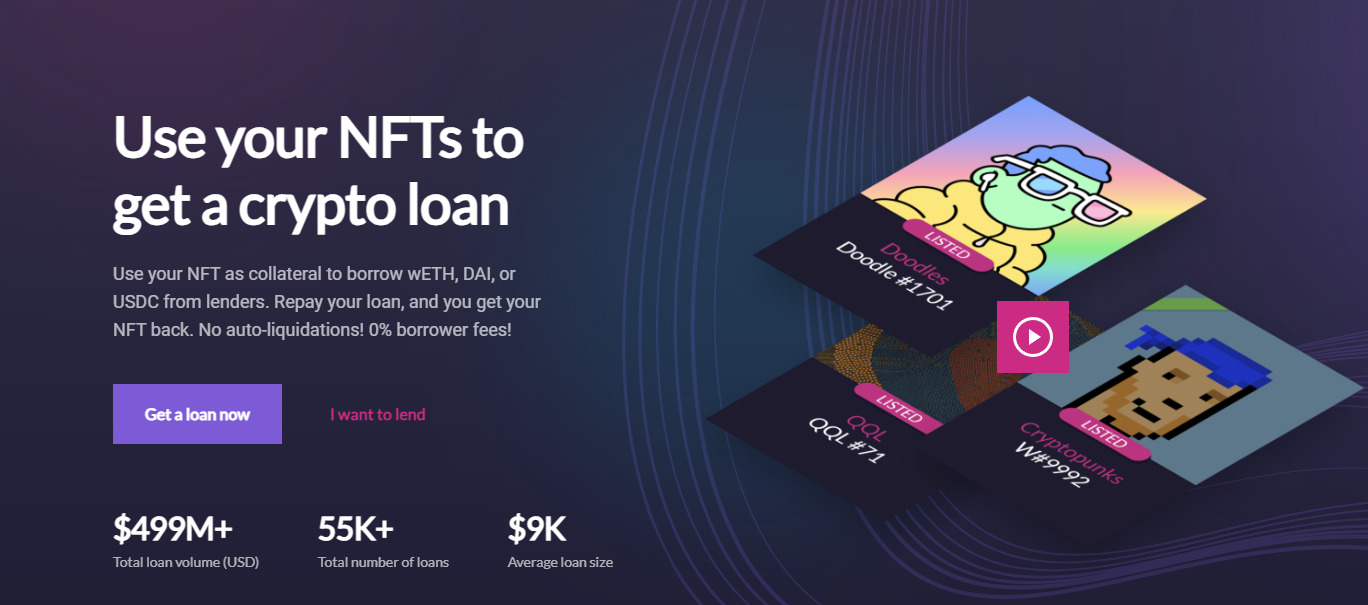
3. Rarible Loans
On this NFT loan platform, NFTs can be used as collateral for loans and borrowings. A variety of NFTs are supported by the platform, including those from Rarible and other well-known collections like Art Blocks and Bored Ape Yacht Club.
Users of Rarible Loans can design unique lending conditions, such as interest rates, payback schedules, and collateral restrictions.
FAQs
What are the Major Benefits of NFT Loans?
Because of the unmatched liquidity provided by NFT loans, asset owners may unlock wealth without giving up their most valuable items. This financial frontier gives endless access to innovation and adaptability when using collateral.
What are The Risks of NFT Borrowing?
Risks specific to NFT borrowing include market volatility, weaknesses in smart contracts, and possible disagreements over asset value. Risk mitigation measures must change quickly, as this emerging field does.
Final Thoughts
NFT loans have become increasingly popular because they can tokenize personal assets like digital arts or real estate. In addition, NFT loans are an exciting advance in DeFi because they provide holders of distinctive digital assets with choices for liquidity.
Even though NFT owners have a new way to withdraw funds from their assets, NFT loans are risky. Before utilizing NFT loans or other DeFi protocols, customers must fully understand these risks.



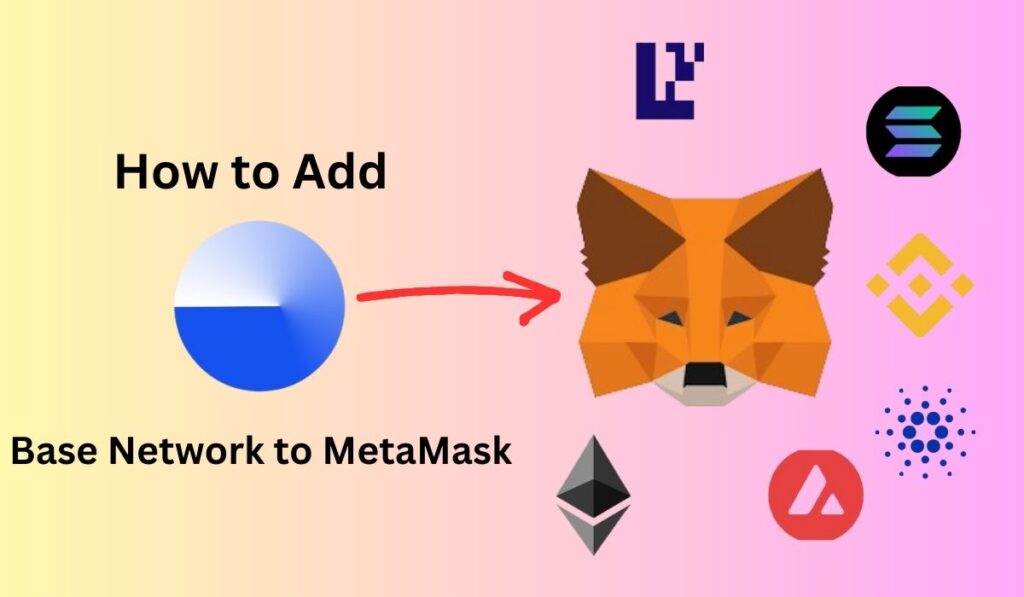
![How to Withdraw funds from MetaMask [2024]](https://www.cryptowinrate.com/wp-content/uploads/2024/06/Add-a-little-bit-of-body-text-1024x597.jpg)


